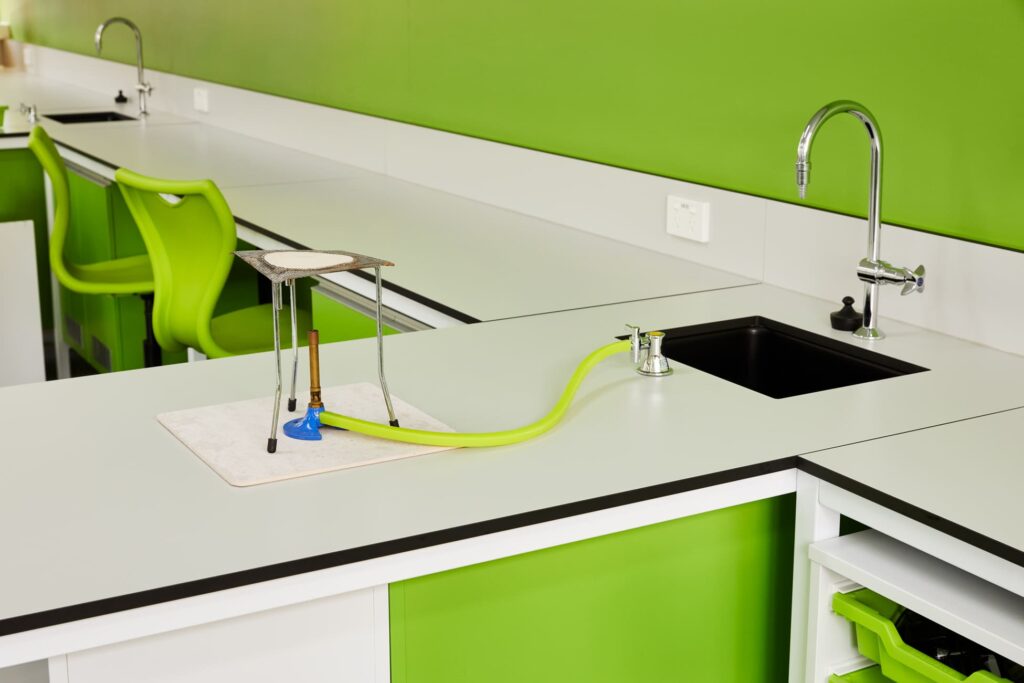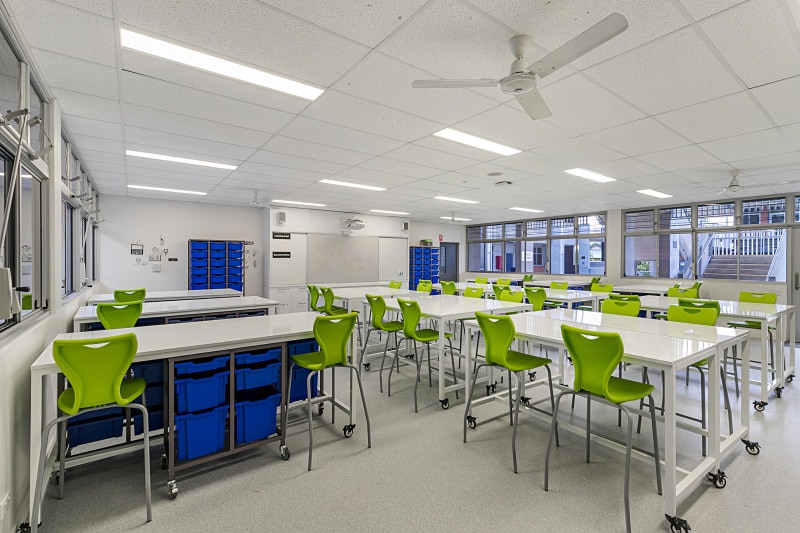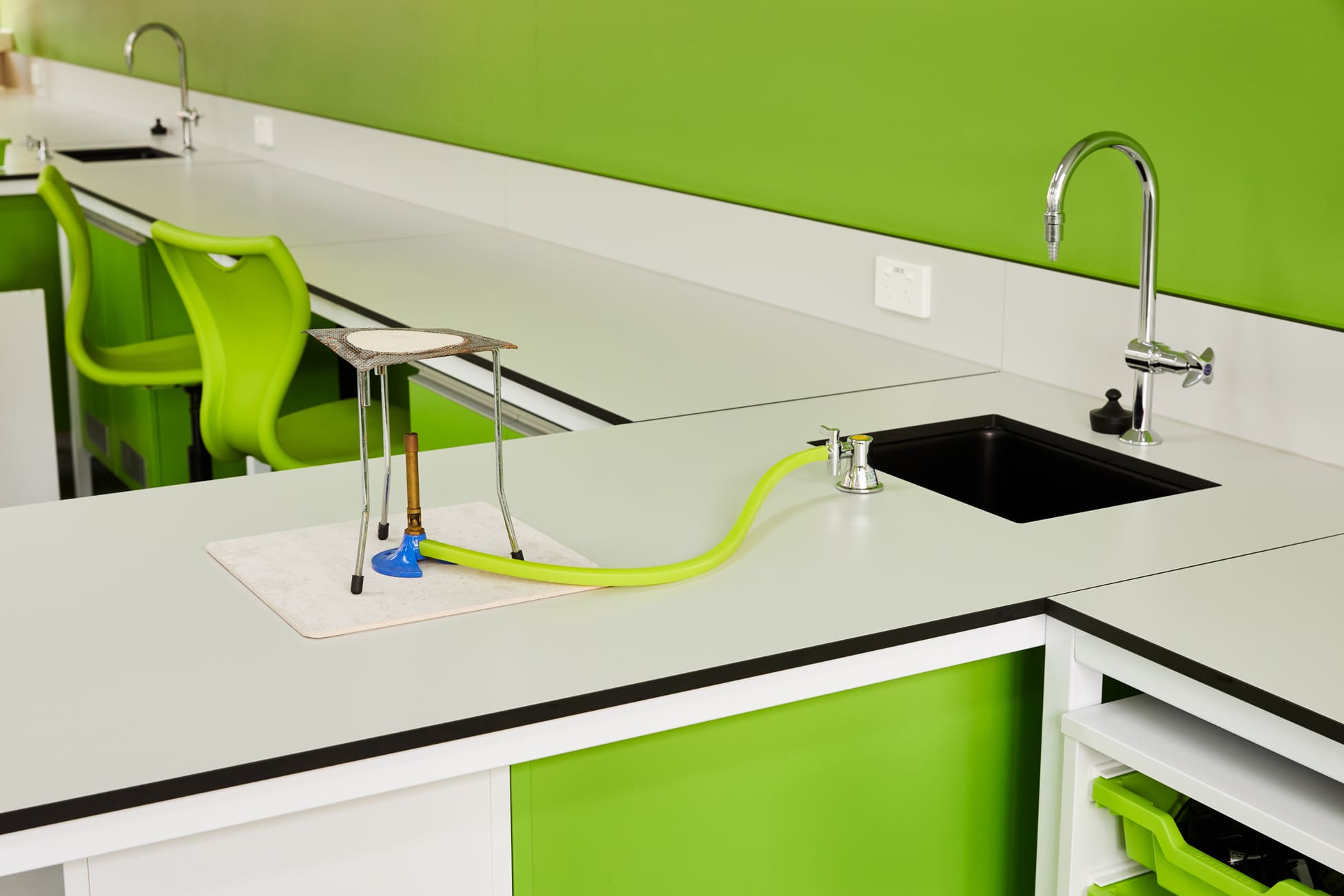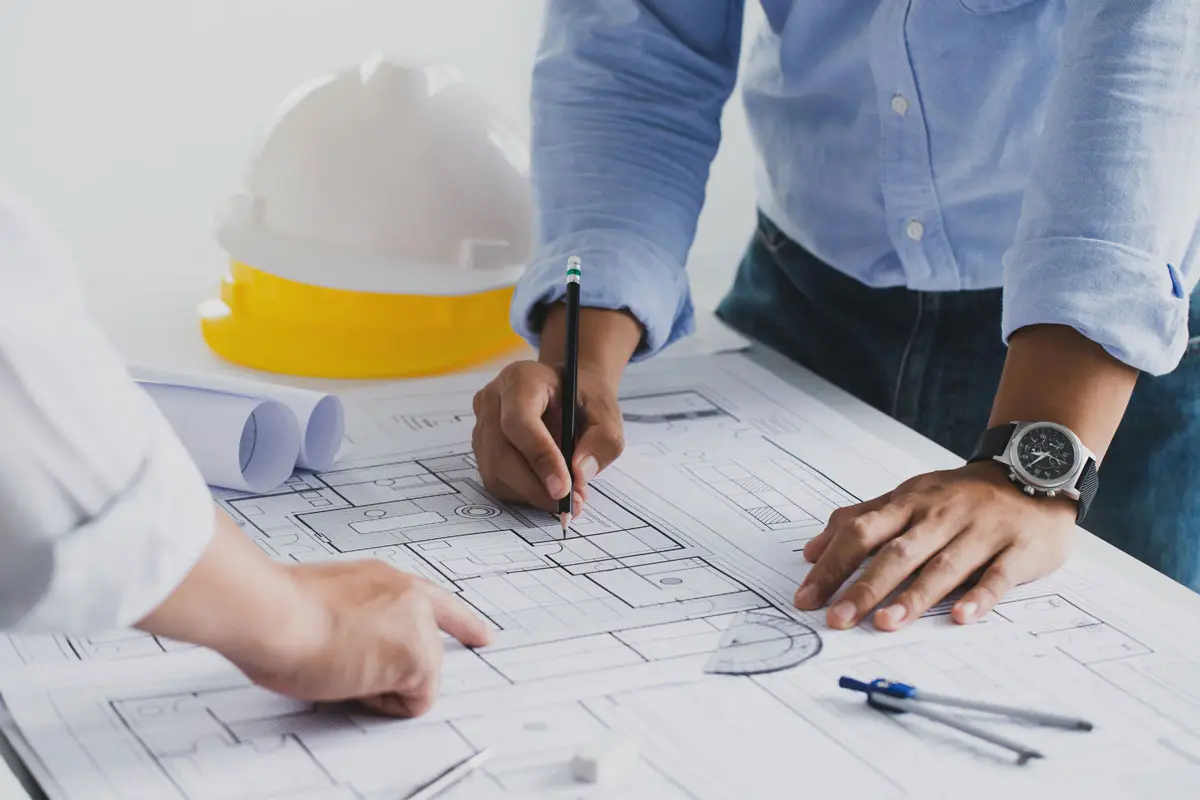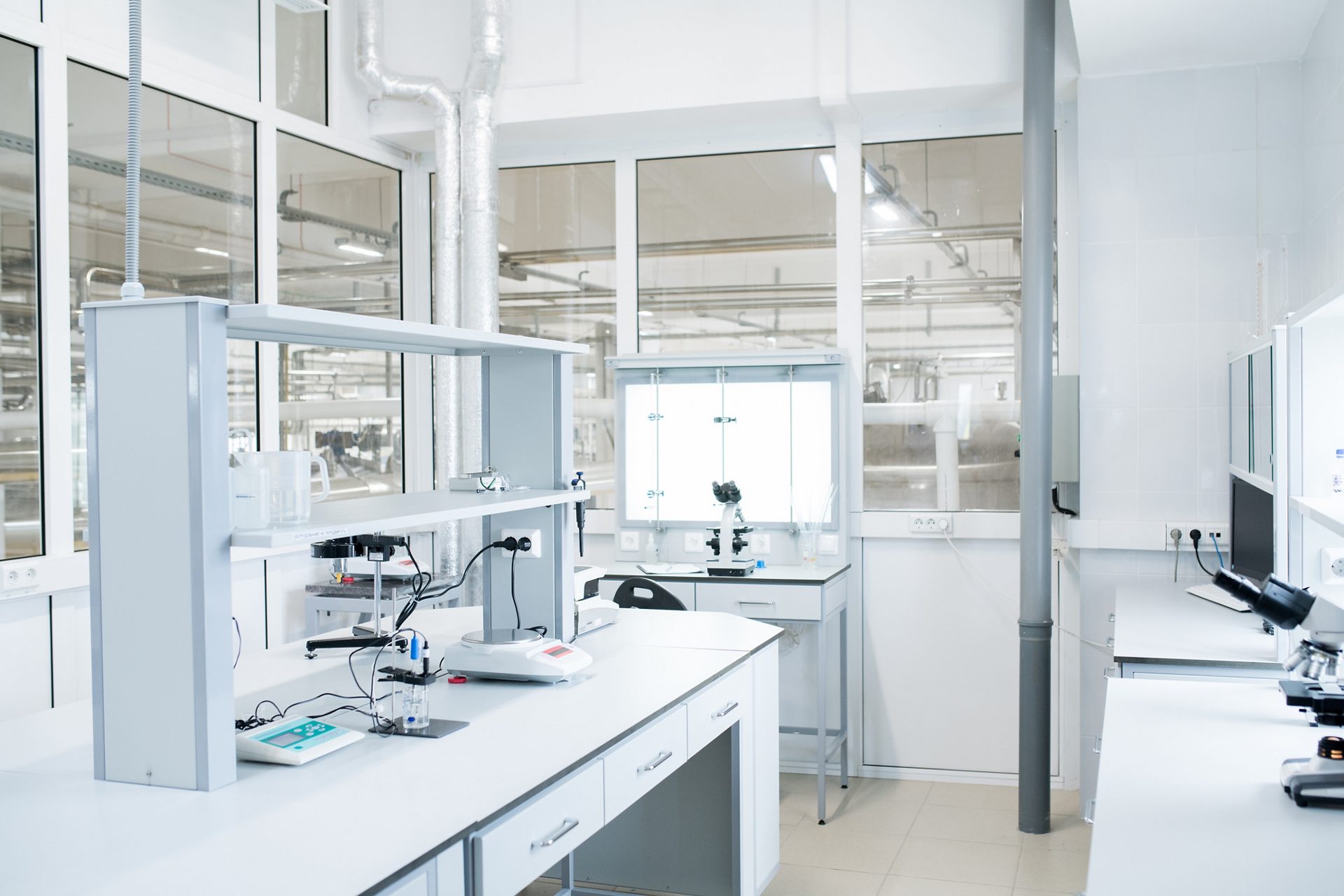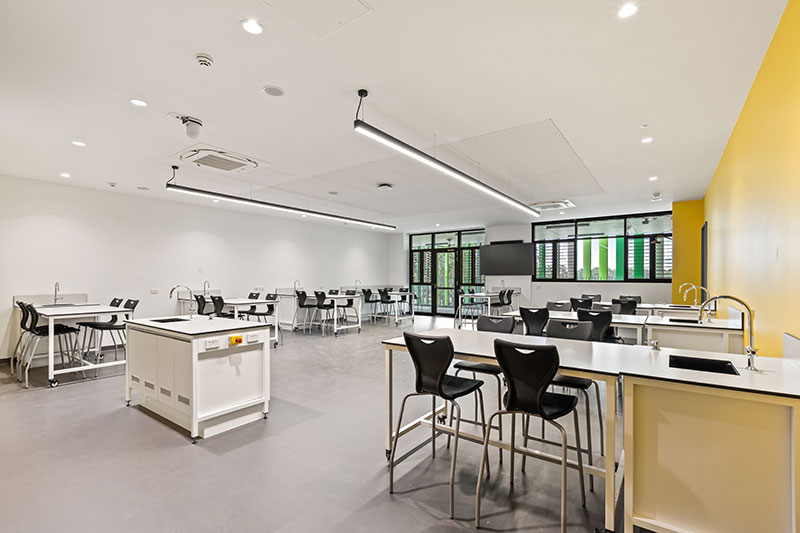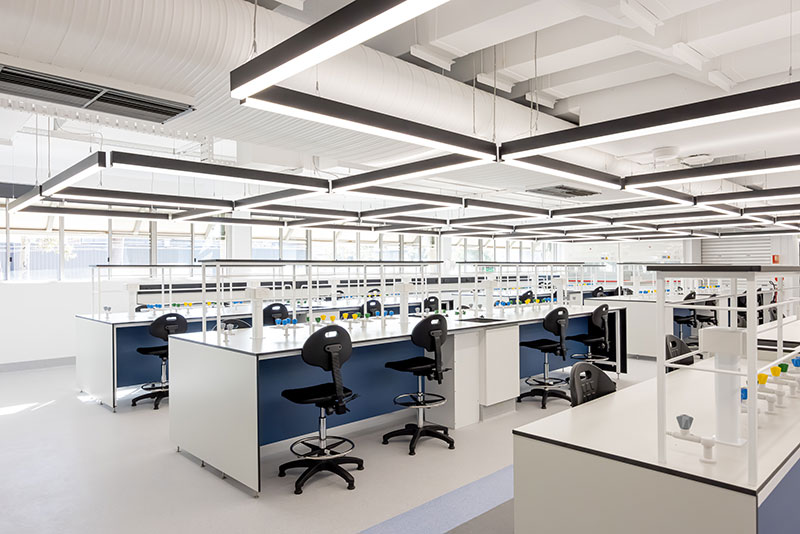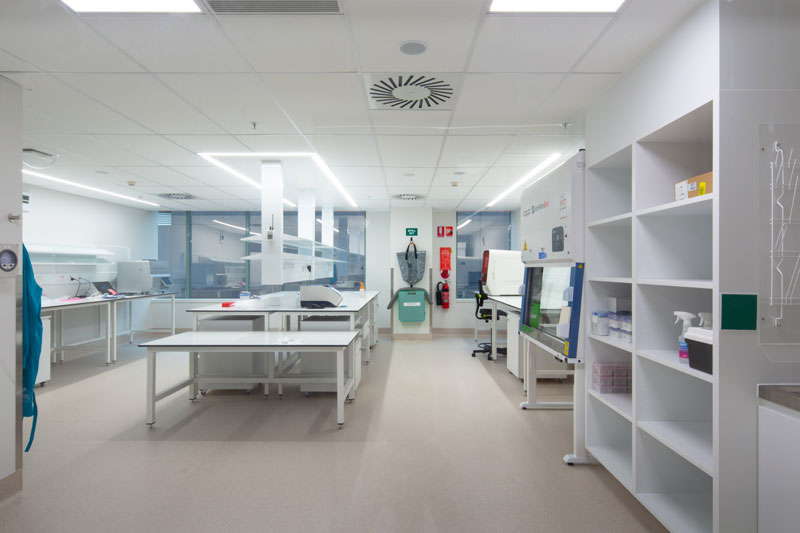STEM (Science, Technology, Engineering, and Mathematics) spaces are essential in preparing students for the challenges of tomorrow. With educational methods evolving rapidly, designing a STEM environment that can adapt over time is crucial for long-term success.
Here are 10 key strategies to future-proof your STEM space, ensuring it remains flexible, functional, and engaging for years to come.
1. Flexible Learning Environments
Classrooms today are more dynamic than ever. A STEM space should be versatile enough to support different teaching styles and lesson formats. Consider incorporating modular and mobile furniture that can easily adapt to changing needs, allowing teachers to reconfigure the space depending on the activity.
2. Smart Technology Integration
Integrating smart technology into your STEM space is essential for keeping pace with digital advancements. Incorporating interactive displays, IoT-enabled devices, and AR/VR capabilities can enrich the learning experience, ensuring students are equipped with the tools they’ll need in the future.
3. Sustainability is Key
With sustainability becoming a central focus in education, designing with eco-friendly materials and energy-efficient systems helps reduce environmental impact. Using locally sourced or recycled materials not only supports green initiatives but also demonstrates the importance of sustainability to students.
4. Safety-Driven Design
STEM activities involve handling chemicals, tools, and machinery. It’s vital to prioritize safety through the integration of appropriate ventilation, spill control systems, and durable, easy-to-clean surfaces like antimicrobial benchtops. These precautions create a safer learning environment for both students and staff.
5. Adaptable Storage Solutions
Efficient organization is a hallmark of any functional STEM space. Invest in adaptable storage solutions that are both mobile and modular, allowing educators to quickly access and relocate materials as needed. Customizable shelving and storage units can make all the difference in creating an orderly, streamlined environment.
6. Collaborative Spaces
STEM learning is inherently collaborative. To foster teamwork, it’s essential to design areas where students can gather for brainstorming and problem-solving. Movable seating and flexible workstations are ideal for encouraging group interaction and supporting both independent and collaborative learning styles.
7. Future-Ready Infrastructure
Building infrastructure that can accommodate future technologies is key to long-term adaptability. Ensure your space has sufficient power outlets, data points, and charging stations. Incorporating a Modulab Connect® services spine can make it easier to upgrade your infrastructure as new technologies emerge, without major structural changes.
8. Virtual Learning Capabilities
The rise of hybrid learning has underscored the need for virtual learning tools. STEM spaces should be equipped with video conferencing capabilities, online collaboration platforms, and remote-access tools. This ensures students can participate in STEM activities from anywhere, whether in-person or online.
9. Prototyping and Testing Before Final Sign-Off
Before implementing large-scale changes, it’s helpful to create prototypes of your new STEM space to test out layouts and functionality. This approach allows educators to experiment with the space and make necessary adjustments before finalizing designs, ensuring the space meets all intended needs.
10. Industry Collaboration for Co-Creation
Collaborating with industry experts during the design process can help you anticipate future needs and create a space that is forward-thinking. By working together to co-create a flexible and innovative learning environment, you can ensure your STEM space evolves in line with the latest educational trends and technologies.
Ready to Future-Proof Your STEM Space?
Future-proofing your STEM environment is about more than just the present—it’s about creating a space that adapts to the demands of tomorrow. Whether you’re designing a new facility or updating an existing one, having the right furniture, storage systems, and flexible infrastructure—like Modulab Connect®—will ensure your space remains relevant and functional for years to come.
If you’re ready to explore how these strategies can be implemented in your school, reach out to us at Westlab Spaces. We’re here to help create STEM spaces that inspire and equip the next generation of innovators.

